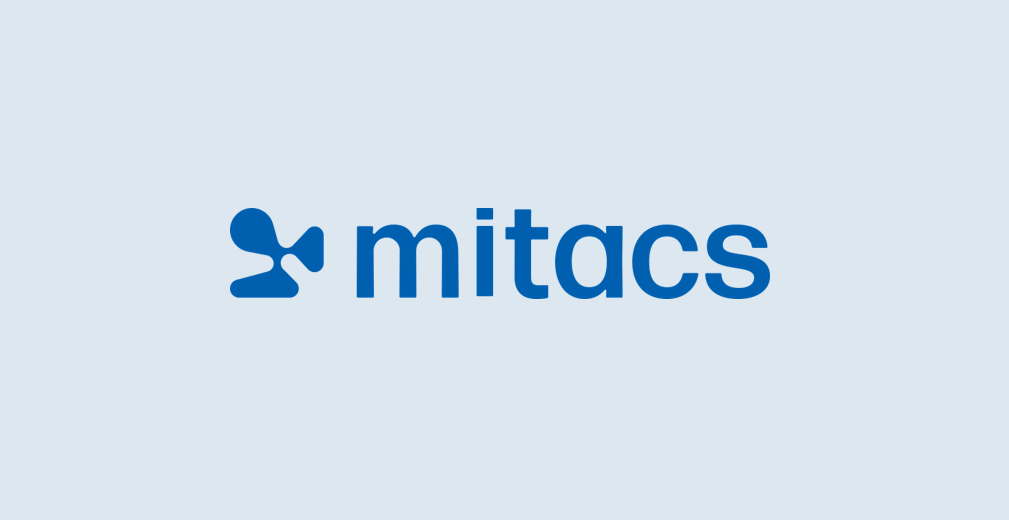
L’accès à des zones minéralisées sous les infrastructures existantes d’une mine en opération constitue un défi de taille pour les équipes d’ingénierie minière. Plusieurs facteurs doivent être considérés pour permettre l’extraction de ces zones de façon économique. Le stagiaire de maîtrise développera un modèle, sous forme de chiffrier électronique, qui permettra une évaluation technique et […]
Read More